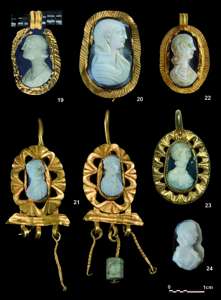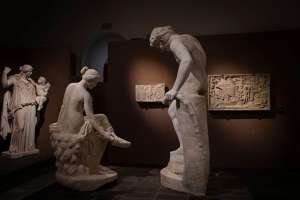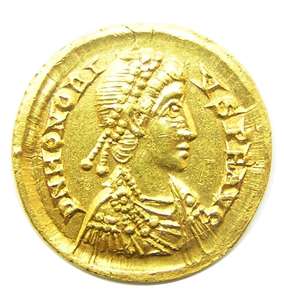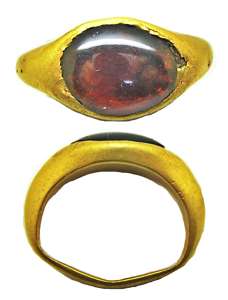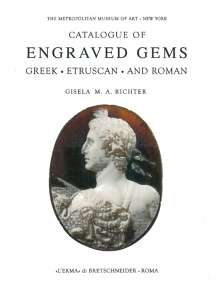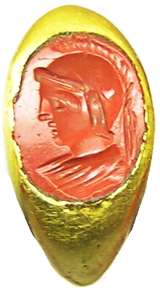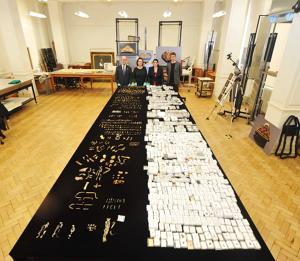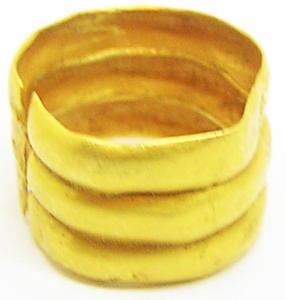Roman cameos with female busts from Middle and Lower Danube
Tuesday 1st December 2020 at 14:46:00
At the sites on the Middle and Lower Danube, especially in the civilian settlements next to the big military camps, was found a great number of cameos made of semi-precious stones, variations of opal, onyx and agate, on which is represented a woman’s bust in profile, turned to the right or to the left. The characteristics of the face are in the most cases schematic, while the hairstyles are represented very precisely, according to the fashion dictated by the empresses from the dynasties of Antonini and Severi. On the basis of these facts were separated the chronological groups of these finds, which show that the most intensive production of the cameos of this type took place in the periods from 160 to 180 and from 200 to 230. Most numerous are the finds of cameos with the female busts combed like the empresses from the dynasty of Severi, when the cities on Danube lived in prosperity. To this group belongs also a cameo in the gold medallion, discovered in 2006 in one grave in Viminacium (Nº 25). From this site comes the greatest number of these cameos (probably 11), which, together with the finds from Upper Moesia, points that the important workshops for their production can be located in Viminacium, Novae and Durostorum, while some smaller glyptic centres worked in Thrace and Pannonia. The female busts on cameos are the models of the faces of empresses, so we look at this material as a form of dynastic propaganda.

